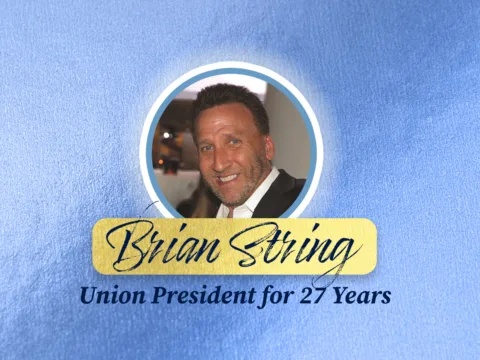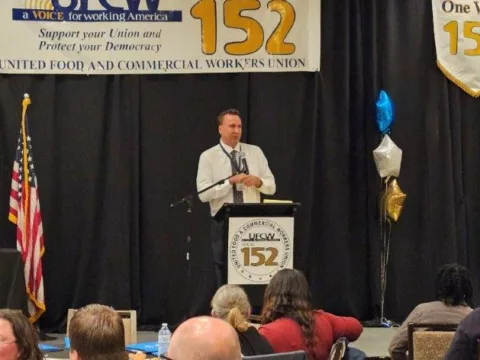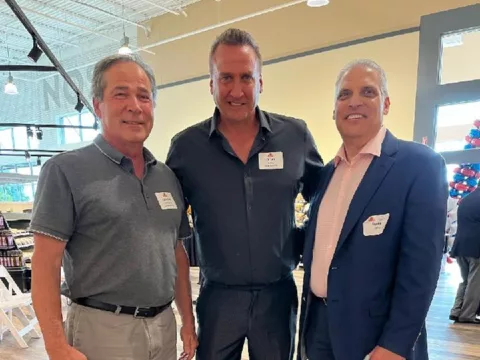- 3120 Fire Road, Suite 201 Egg Harbor Township, NJ 08234
- 888-564-6152
Message From The President – Winter 2018
As seen in the Unity: Winter 2018 – President’s Report. See past copies of the Unity here.
Changing face of the labor movement
On Jan. 20, more than a million women — and men who support — marched in cities across America and around the world to demand fairness and justice for women and others who endure discrimination and abuse.
Held on the anniversary of mass protests immediately following the inauguration of Donald Trump, the 2018 Women’s Marches focused on channeling the participants’ energies into political action in this important election year. The unifying theme was “Hear Our Vote!”
The United Food and Commercial Workers is proud to march in the vanguard of all who advocate a just, fair and equitable future rooted in human and civil rights.
These values have driven the American Labor Movement since its beginning, but the focus on women’s rights and safety on the job has sharpened in recent months with the #MeToo and #TimesUp movements.
With every revelation of workplace harassment, discrimination and violence, we Americans have strengthened our resolve to end the culture of silence that has allowed such things to occur without consequences for the perpetrators.
New realities
As women take an increasingly prominent role in America’s work force, unions have been challenged to reflect the new realities.
In 2015, a national magazine proclaimed that women may be the new face of labor unions. Three years later, this transformation has become more evident than ever. Even though organized labor has had a tough decade, the number of working women who are union members is holding relatively steady, giving women a rising share of representation within the Labor Movement.
In 2015, more than 45 percent of all union members were women. This is a big jump from just one-third in 1984, according to a recent report by the Institute for Women’s Policy Research.
The face of the Labor Movement changed slowly over the past few decades, propelled by transformations in previously male-dominated sectors and a push in some traditionally female occupations to unionize. For instance, some industries such as manufacturing, where males have heavily dominated, have been shedding jobs.
As a result of these changes, some experts say women could represent a majority of unionized workers by 2025.
Even though women’s leadership roles in unions are lagging behind the proportions of women members, the UFCW is making strides to change that. For example, in 2016, Esther Lopez became the UFCW’s International Secretary-Treasurer — the first woman to hold the UFCW’s Number 2 leadership position.
We haven’t reached true equality yet, but with the help of unions, we’re on our way.
In the meantime, it is important for women to be active in their union so we can make further progress toward gender fairness, such as closing the pay gap and addressing child care, and to promote other workplace changes that will help women balance the requirements of earning a living and raising a family.
These are more than women’s issues. They are human issues. They are justice issues.
To get where we need to go, we need to march together.
— Brian String





